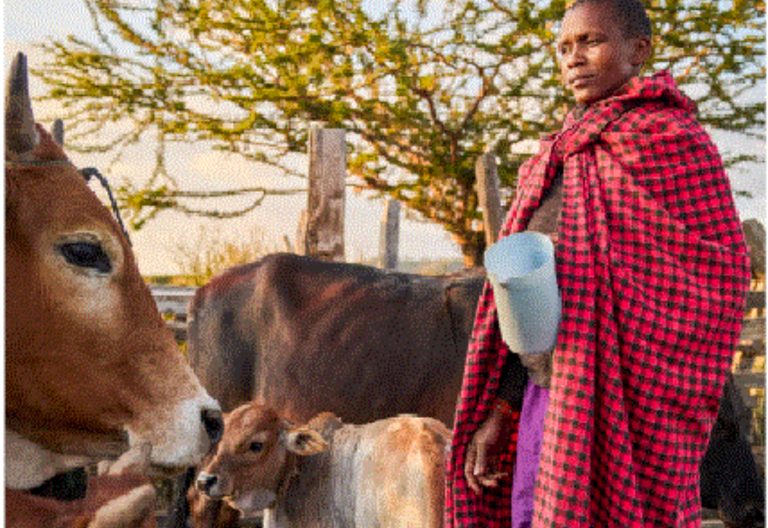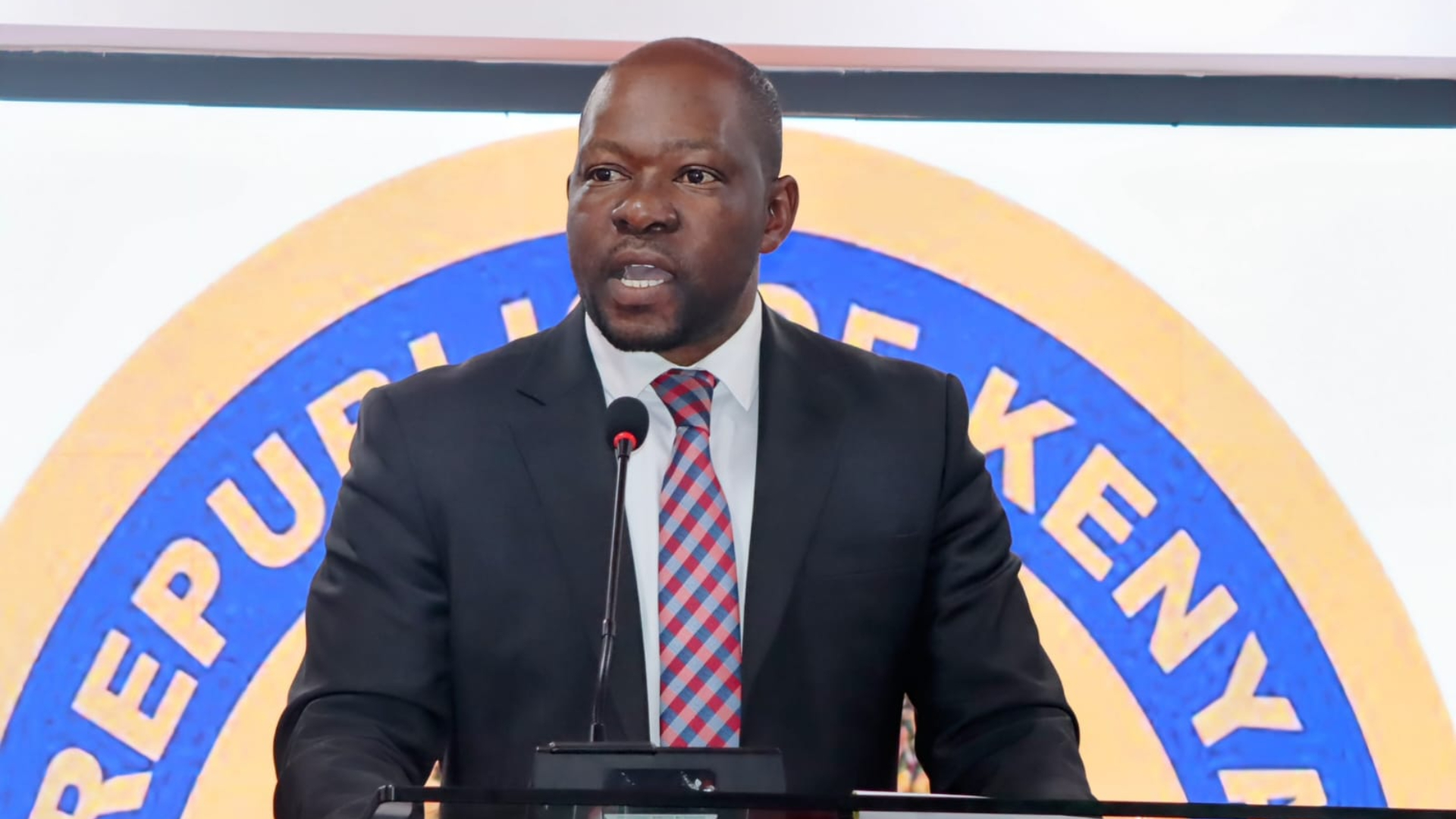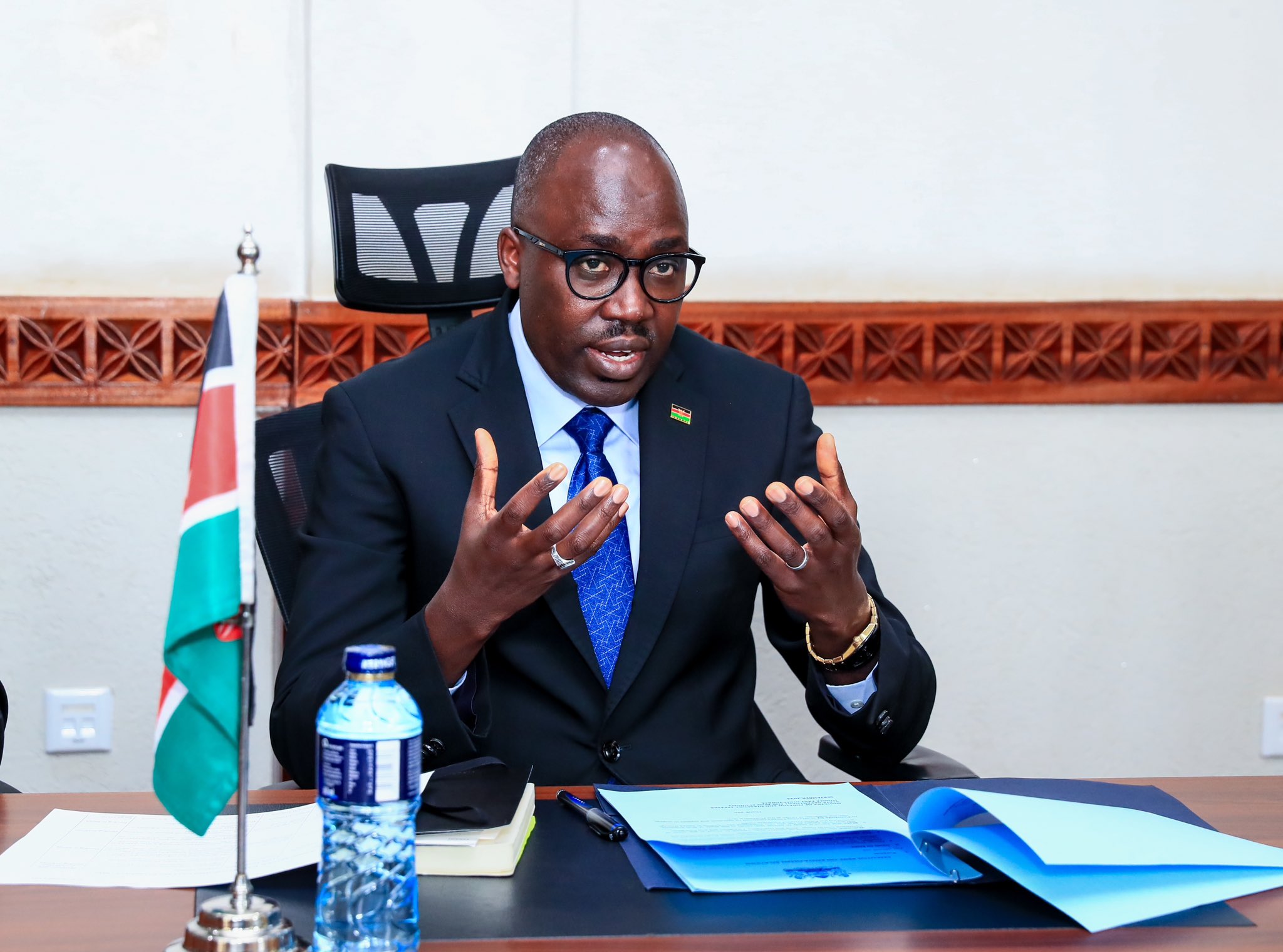Indigenous people’s big win in important year for nature

Indigenous Peoples and Local Communities (IPLCs) scored a significant victory in 2024 when countries attending the United Nations Biodiversity Convention (COP16) in Cali, Colombia resolved to create a new permanent body for them.
Governments at COP16 adopted a decision to create a permanent body for IPLCs including the Maasai of Kenya and Tanzania, which grants them formal power to influence decisions made by the convention.
Indigenous communities such as the Maasai have for thousands of years been the caretakers of the environment, protecting their lands and respecting wildlife. The decision therefore brings them closer, and grants them unprecedented participation in decision-making and greater prominence within the convention.
The decision also recognised the contributions of Afro-descendent communities to biodiversity protection, which was a priority for COP16 host Colombia, alongside Brazil.
Hindou Oumarou Ibrahim, a Chadian indigenous activist and chair of the UN Permanent Forum on Indigenous Issues told UK-based Climate Home News that access to nature funding is still a major issue for Indigenous communities, which also struggle to secure land tenure.
“This is a watershed moment in the history of multilateral environmental agreements,” Jennifer Corpuz, a lead negotiator for the International Indigenous Forum on Biodiversity declared in Cali.
Cali Fund
Countries approved a new body tasked with addressing these challenges for IPLCs, including barriers to accessing funding and threats to environmental defenders after strong opposition from Indonesia and Russia.
In another victory for IPLCs, countries also agreed to establish the ‘Cali Fund’, which will be filled by voluntary contributions from companies that use genetic material derived from living organisms in their products.
A key aspect of that decision was that “at least half” of the funding will go directly to indigenous peoples. The text says companies above a certain size in cosmetics, pharmaceuticals, food supplements and other sectors should contribute 1 per cent of their profits or 0.01 of their revenue to the fund.
Experts aver that indigenous communities can offer a more sustainable solution to advancing conservation, and at a lower cost through the biodiversity protection roles that they play.
There is still much to be done for IPLCs) according to World Bank specialists Erwin De Nys and Asyl Undeland.
“IPLCs around the world continue to struggle to preserve their unique cultures, customs, identity, and well-being,” the duo observed in ‘People and the planet together: Why Indigenous Peoples and local communities are at the heart of climate action’.
During the International Union for Conservation of Nature (IUCN) Africa Protected Areas Congress in Kigali, Rwanda in 2022, a call to action was issued requesting all stakeholders to ensure just, equitable and fair processes that will deepen the involvement of IPLCs
Ensuring IPLC rights and welfare is a moral imperative, but it also has important implications for effective climate action. Forest ecosystems inhabited by IPLCs have consistently better-preserved biodiversity, water and other natural resources.
Despite this evidence, and their heritage of living and protecting forest ecosystems, IPLCs continue to face challenges to their participation in decision-making processes over issues that affect their lives and livelihoods – as well as in the distribution of benefits from initiatives implemented in their territories.
Second, explain the experts, despite the continued struggles with the vested interests encroaching and grabbing their lands and undermining their human rights, IPLCs remain the true custodians of forest ecosystems.
IPLCs hold or claim as traditional territories almost 50 per cent of the land area surveyed globally by Rights and Resources Initiative (IRRI) in 2020, representing almost 80 per cent of global biodiversity.
Furthermore, almost a quarter of the carbon stored in the world’s sub-tropical and tropical forests is in collectively managed territories with great potential for mitigation. Involving IPLCs in managing these ecosystems is therefore vital.
In 2022 countries reached a historic agreement to halt biodiversity loss by conserving at least 30 per cent of land and water by 2030. This marked a critical step toward protecting the world’s remaining precious species and ecosystems.
The Global Biodiversity Framework (GBF) also explicitly calls on countries to recognise and uphold IPLCs’ rights in their conservation strategies. Fulfilling this part of the pledge will be instrumental to the success of the GBF, states the World Resources Institute (WRI).
Globally, IPLCs steward an estimated 50 per cent or more of the world’s land, including many of its most pristine ecosystems.
Often overlooked
Existing and emerging evidence shows that these lands often house more species and see lower rates of deforestation and degradation than lands managed by public or private entities – and can cost less to maintain.
Moreover, they sustain lives and livelihoods of at least 1.67 billion people worldwide. Yet despite IPLCs vital contributions to nature, they are often overlooked in national policies.












